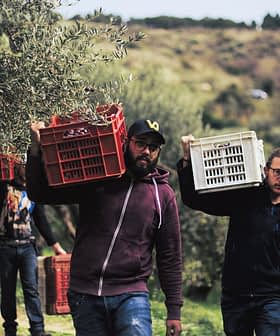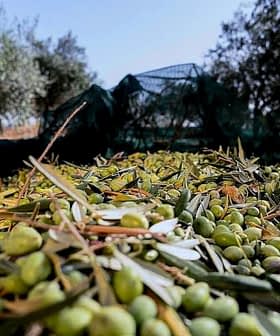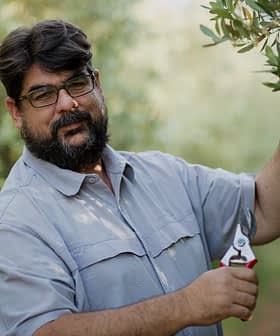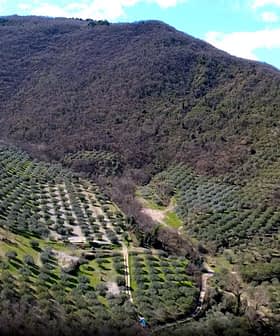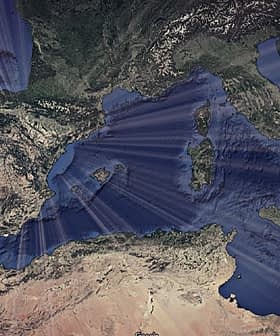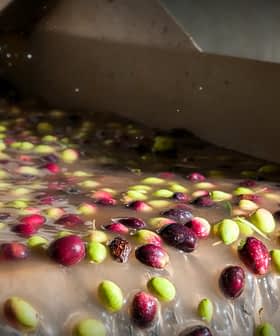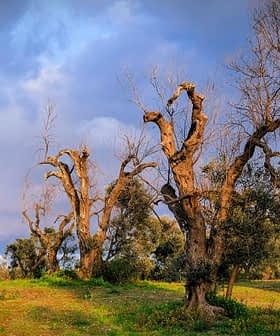 7.5K reads
7.5K readsWorld
One-Fifth of Italy at Risk of Desertification, Irrigation Experts Warn
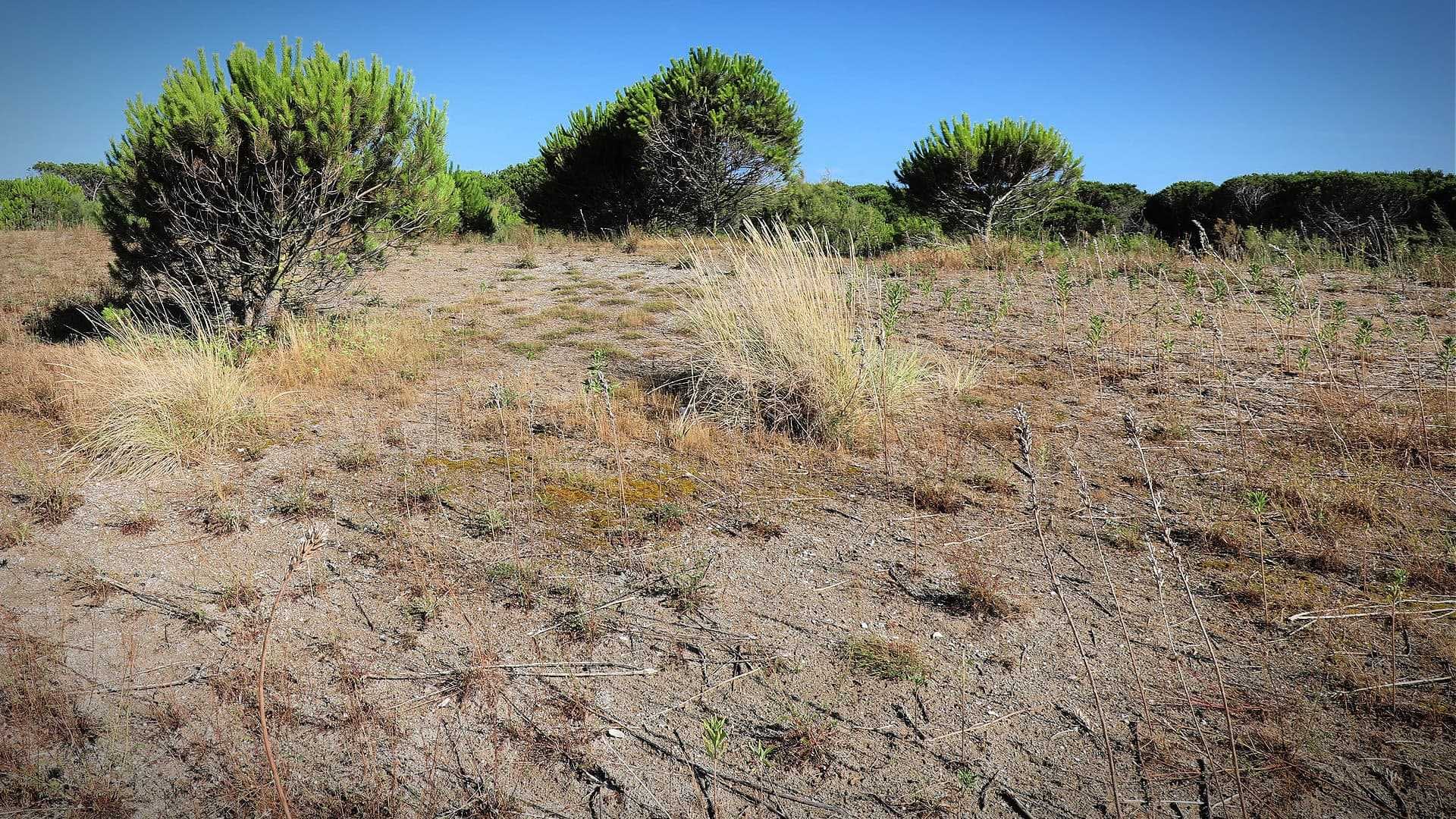
Italy is facing a desertification crisis that is moving north, with rising temperatures and water scarcity threatening 20 percent of the country. Anbi and Coldiretti are proposing a national development plan to create 1,000 mini-lakes to help address the water retention issue and mitigate the impact of the crisis on agriculture and food production.
Italy’s desertification crisis began in the southern regions of the country in the last few decades but is now starting to make its way north.
According to the most recent estimates by the irrigation consortia association, Anbi, rising temperatures, extreme weather events and hydrogeological fragility threaten 20 percent of Italy.
On average, every year in Italy, we get around a meter of rain… But we waste almost 90 percent of that water since we can retain no more than 11 percent of the rainfall.
The low water levels of some lakes and rivers worry the local communities while the consequences of the water crisis increasingly affect agriculture. The farmers association, Coldiretti, believes the current water crisis costs Italian farmers €1 billion per year.
“What we are seeing is the crisis heading north,” Francesco Vincenzi, the president of Anbi, told Olive Oil Times. “In the last decades, investments were made to boost the resilience capacity of at-risk southern regions such as Sardinia, Puglia or Basilicata while northern territories were perceived as safe.”
See Also:€100B in E.U. Spending Fails to Reduce Emissions in Ag Sector, Audit Finds“Just a few years ago in the Po Valley, we could count on large water volumes,” he added. “Today the situation has changed, climate change has shown what drought and glacier melt mean, snowfall is often missing and in wintertime temperatures are higher. Even a single degree Celsius more than average means trouble for the availability of water for agriculture and river volumes.”
According to the regional agency for environmental protection, Arpa, 70 percent of Sicily is at risk of desertification while only 12 percent is considered safe.
A bit farther north, Arpa estimates that between 30 and 50 percent of Abruzzo is at risk of desertification. Not far, parts of Umbria and Tuscany are experiencing drought, and higher temperatures as the risk of desertification in these two olive oil-soaked regions rises.
Marco Neri, president of the Tuscany chapter of the farmer association, Confragricoltura, spoke in a press release of the need “to lead our scientific research towards developing agriculture with plants capable of resisting to the drought.”
Vincenzi added: “On average, every year in Italy, we get around a meter of rain. Even if we are a southern European country, we receive much more rainfall than countries such as Spain or Portugal. But we waste almost 90 percent of that water since we can retain no more than 11 percent of the rainfall.”
Anbi also estimates that 42 percent of all potable water poured into the Italian public aqueducts gets lost because of poor maintenance.
In Emilia-Romagna, where the Po Valley is and where many Italian agricultural goods thrive, total rainfall did not reach half the yearly average in 2021, while higher temperatures and the Po River losing volume multiplied the damage done to agriculture.
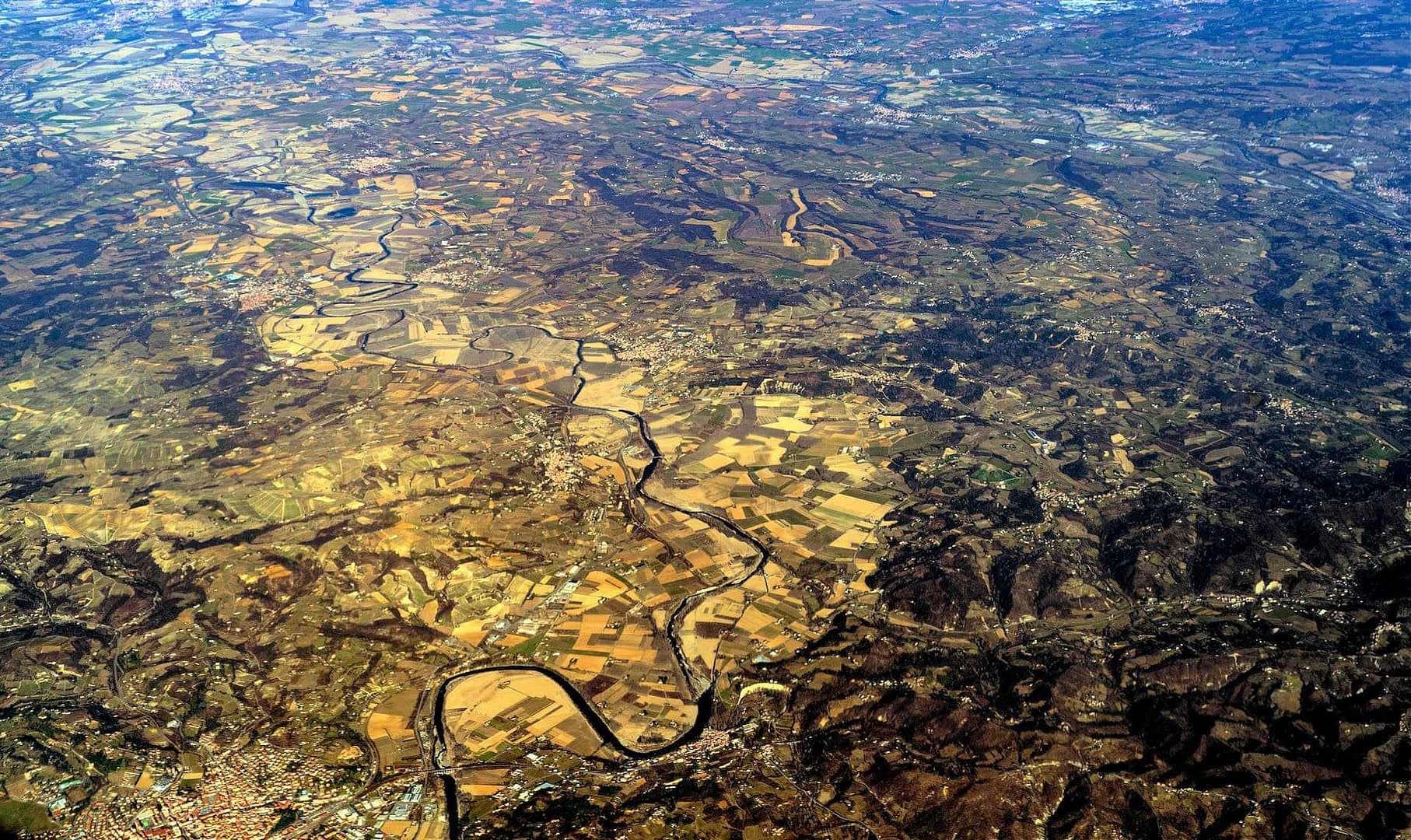
Po Valley, Italy
According to the local environmental protection agency, the region experienced 21 millimeters of rainfall in June, compared with the 65 that were expected based on the average rainfall recorded between 1961 and 2020.
The agency said that this drop makes June 2021 one of the driest months since 1961. In the same period, the agency recorded higher temperatures, with an average of 22.2 ºC, which means June has been one of the hottest Junes since 1961.
Anbi estimated that the heatwave experienced in Emilia-Romagna in the last 30 days coupled with the rare rainfall forced the irrigation consortia to deliver 32 million cubic meters of water, 70 percent of which comes from the Po River and almost two times larger than the average of the last 10 years.
According to Coldiretti, drought is the biggest threat to agriculture in Italy, and it is responsible for more than €14 billion in damages to production and infrastructure in the past decade. In the last 25 years, the association also noted that building development and abandoned fields made the cultivated land in Italy fall by 28 percent, down to 12.8 million hectares.
“Agriculture is the economic activity that more than any other faces the consequences of climate change every day, but it is also the sector most focused on combating them,” Coldiretti said.
According to the association, climate change “is a new challenge for farmers. They have to interpret the predictions from the weather services and the effects on the crop cycles, on the water management.”
Anbi has calculated that Italy currently receives five billion cube meters of water less than 50 years ago.
“And yet, Italy’s bigger problem is not the reduction of rainfall; it is the way it rains,” Vincenzi said. “Once, we could expect to see a hundred storms pouring their meter of rain. Now, we see 10 or 20 extreme rainfall events.”
“If we could retain more water, we could curtail the hydrogeological risk, create water reserves to use during drought for both agriculture and the population and even deploy a new weapon against forest fires,” he added.
In a few cases, those water-gathering infrastructures could also be used for electricity generation.
To try and address the country’s growing water retention problem, Anbi and Coldiretti are proposing a national development plan to create 1,000 mini-lakes.
“The project has won the attention of the government, and it is set to be included in the national resilience and recovery plan,” Vincenzi said. “Those small lakes are to be built with the cooperation of the local communities and with alternative materials… It will take years, but it will allow us to retain much more water.”
If precipitation reaches its annual average of almost 300 billion cubic meters each year, enough to cover the entire country in a meter of water, Anbi estimates that 52 billion cubic meters could be retained. Currently, about 5.8 billion cubic meters are retained. With the small lakes initiative, that quota could rise to seven billion.
“A new approach to water management and conservation is essential for agriculture and food,” Vincenzi concluded. “If we look at the pivotal role exerted by the agrifood business during the Covid-19 pandemic, as it granted social cohesion, we see the connection between the water crisis, agriculture and sustainability.”


